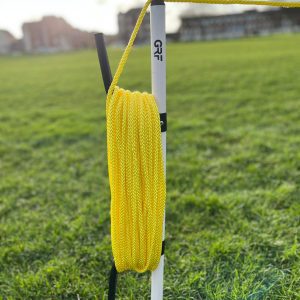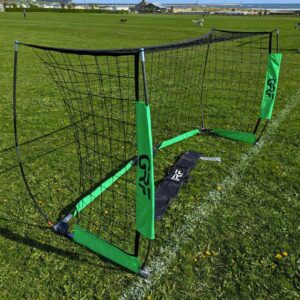“How long do the players in your team have to wait until they kick a ball at your practice session?”
This is the type of question, Merfyn Roberts, FA Coach Educator for the social corner, wants coaches to ask themselves when they are struggling with ‘poor’ player behaviour.
“Coaches spend endless hours of planning coaching points, technical practices and small-sided games. But when it comes to planning to keep the players engaged and manage their behaviour, there is no plan at all. How stressful is that when we’re out there delivering?” asks Roberts.
“Take the Saturday morning coaching scenario: when the players arrive the session theme should be written on a whiteboard, the practice area should be marked and the footballs ready. When the kids start arriving they can go straight into the first activity.”
Arrival activities have the dual benefit of getting the kids moving as well as giving them with some social time to catch up with their friends, explains Roberts.
“During the arrival activity time they can be chatting away about what they’ve been doing at school and all the stuff the coach doesn’t really want to listen to. By building this into the routine you’re recognising they are social animals and they need to do that – this is especially true of the younger players in grassroots,” he adds.
Roberts, who tutors on The FA’s Advanced Youth Award, believes coaches should minimise the time kids are spent standing around without a ‘task’. This involves standing in queues or spending too long whilst the coach sets up the next practice.
Once the players are engaged, challenged and active, the next step is to give the players both voice and choice.
“Part of improving player behaviour is putting on sessions that give empowerment and ‘hook the kids in’ by giving them some choice and input,” he adds, acknowledging that handing all the influence to the players requires high-level skill.
Article courtesy of the FA Bootroom
Author ; Merfyn Roberts, FA Coach Educator
Sign up for our FREE Newsletter HERE [wysija_form id=”1″]









0 Comments